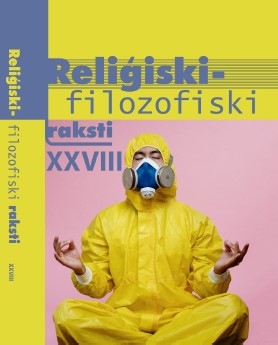BĀBELES LAIKI: RELIĢISKĀ VALODA UN ARHITEKTŪRAS FENOMENOLOĢIJA
THE TIMES OF BABEL: THE RELIGIOUS LANGUAGE AND PHENOMENOLOGY OF ARCHITECTURE
Author(s): Māra RubeneSubject(s): Christian Theology and Religion, Architecture, Aesthetics, Philosophy of Language, Phenomenology
Published by: Latvijas Universitātes Filozofijas un socioloģijas institūts
Keywords: Babel; religious language; aesthetics; Paul Ricoeur; architecture;
Summary/Abstract: The author of this essay has used the Babel Tower to get closer to the evocative nature of language. Reflection on the symbolic, metaphoric and idiomatic nature of the Babel Tower is developed by following the turn to aesthetics in religious studies, as well as researching the theme posed by Paul Ricoeur on the relationships between philosophy and religious language. Ricoeur’s ideas on the creative nature of language are disclosed by pointing to the differences between the religious and poetic language, as well as his analogous positing of architecture and narrativity. The phenomenological aspect is emphasised by reminding of Ricoeur’s and Ingarden’s aesthetic affinities. For both of them, not only the critique of Edmund Husserl’s transcendental idealism is important, but also the analysis of Kantian philosophy. Moreover, both are careful readers of Aristotle, notably Poetics. As the Babel Tower so the Notre-Dame de Paris are rich sources of sedimented meanings both on the level of aesthetics and religion or religious language. Paul Ricoeur by elaborating the study of Bible, as well as Aristotle has revived a philosophical discussion and has become influential in areas somewhat distant of his direct interests, namely, aesthetics and theology.
Journal: Religiski-filozofiski raksti
- Issue Year: XXVIII/2020
- Issue No: 1
- Page Range: 13-33
- Page Count: 21
- Language: Latvian

